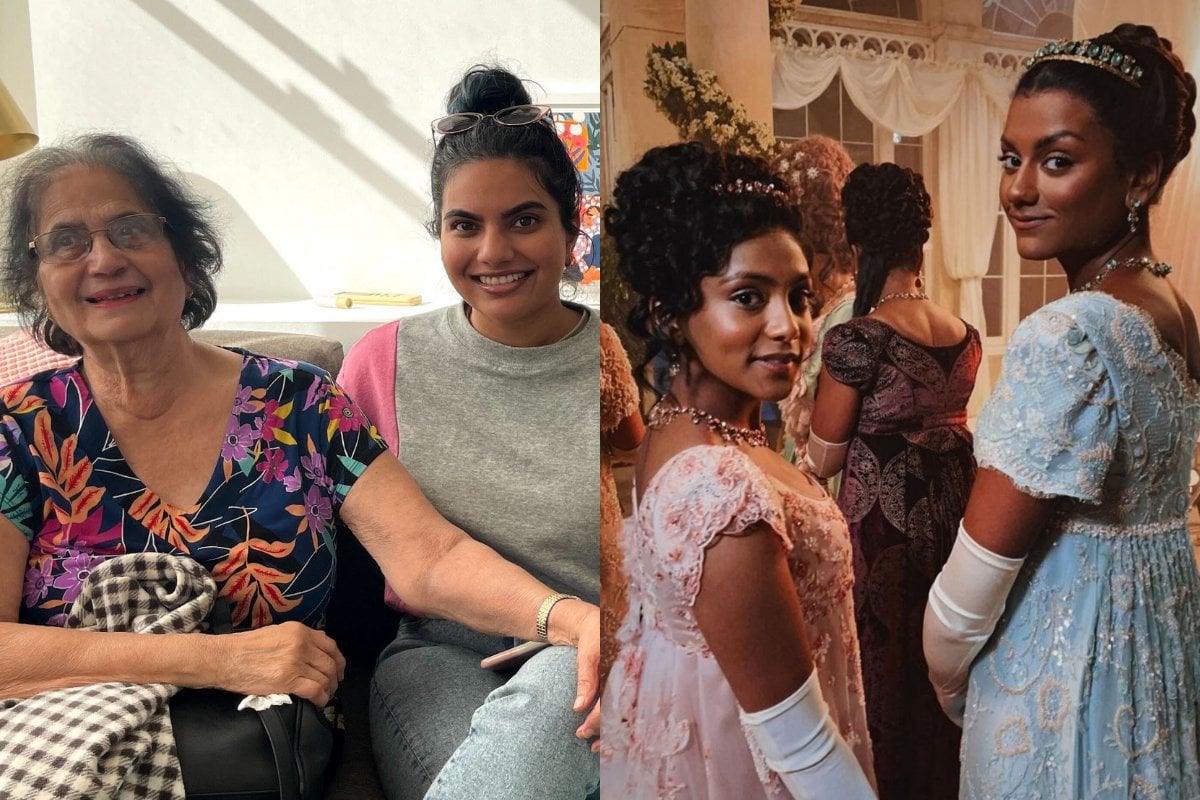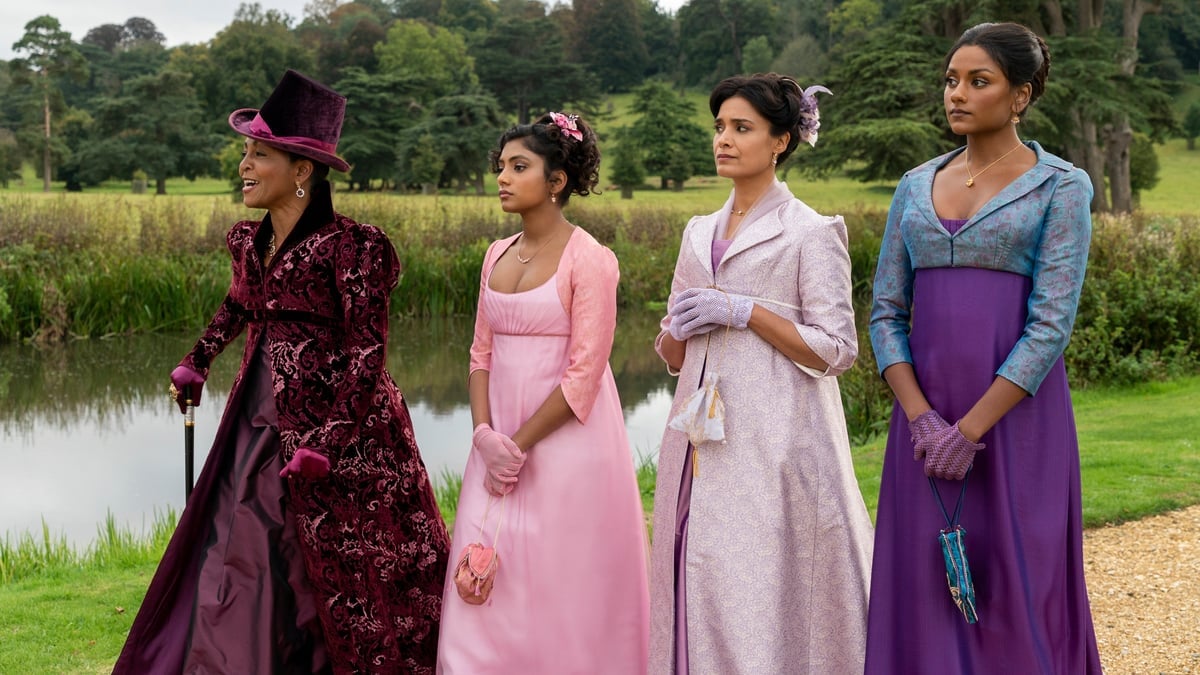
“I like how she actually looks Indian.”
This was a comment my 83-year-old Nana made while she, my mum and I were nestled on the couch watching the second season of Netflix’s period drama Bridgerton.
The female lead this season is played by British actress Simone Ashley, who was born to Indian Tamil parents.
I talked about watching Bridgerton with my family on Mamamia’s daily pop-culture podcast The Spill, and got a lot of messages from women who both agreed and disagreed with this comment and both stances are correct.



Top Comments